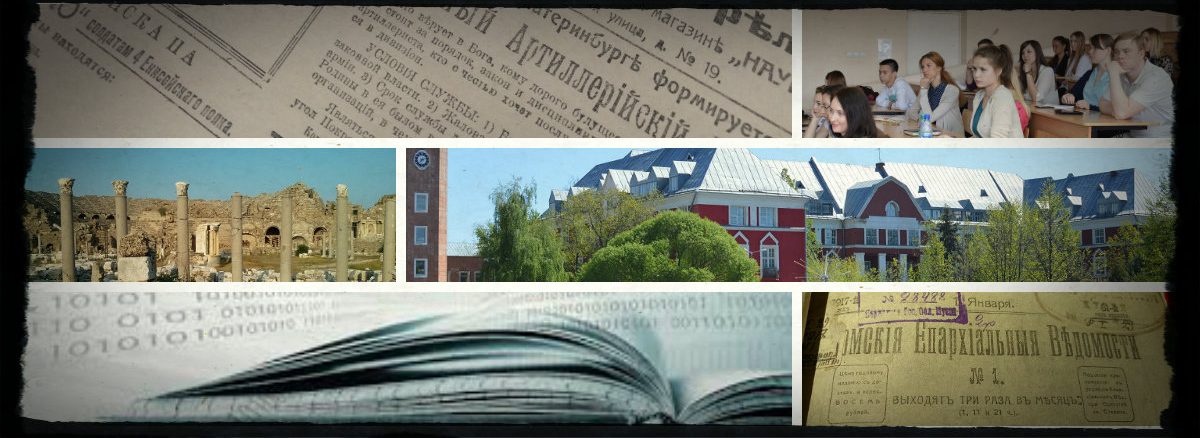LIBERTY, EQUALITY, FRATERNITY: EXPLORING THE FRENCH REVOUTION provides an accessible and lively introduction to the French Revolution as well as an extraordinary archive of some of the most important documentary evidence from the Revolution, including 338 texts, 245 images, and a number of maps and songs. Lynn Hunt of UCLA and Jack Censer of George Mason University—both internationally renowned scholars of the Revolution—served as principal authors and editors. The site itself is a collaboration of the Roy Rosenzweig Center for History and New Media (George Mason University) and the American Social History Project (City University of New York), supported by grants from the Florence Gould Foundation and the National Endowment for the Humanities.
NAVIGATING YOUR WAY AROUND THE SITE
The site offers three main navigational paths:
EXPLORE
If you want an introduction to the main themes of the Revolution, you can read through our ten essays that cover all the major topics in the history of the revolution, including, the social causes of the revolution, the fall of the monarchy, women and the revolution, the story of Napoleon, and the legacies of the Revolution. Two additional chapters consider "How to Read an Image" and the "Songs of the Revolution." As you read these essays, you will notice that there are icons in the margin. When you click on these icons, you are presented with primary source documents (images, texts, maps, songs) related to specific points in the essay. You can see the images, for example, by clicking on the paint palette that appears at appropriate places in the left-hand margin of the text.
BROWSE
If you are more interested in examining the rich archive of primary sources on the site, you should start by browsing through one of six main categories of materials.
 You can browse through a list of 245 images included in Liberty, Equality, Fraternity. The largest number are political cartoons. But we also include paintings and images of artifacts such as decorated fans and porcelain. The images are drawn from many repositories, but particularly from the Museum of the French Revolution in Vizille in southwest France and the Rare Books and Manuscript Division housed in Olin Library at Cornell University. An essay on how to read images provides useful background.
You can browse through a list of 245 images included in Liberty, Equality, Fraternity. The largest number are political cartoons. But we also include paintings and images of artifacts such as decorated fans and porcelain. The images are drawn from many repositories, but particularly from the Museum of the French Revolution in Vizille in southwest France and the Rare Books and Manuscript Division housed in Olin Library at Cornell University. An essay on how to read images provides useful background.
 338 text documents (personal memoirs, official reports, newspaper articles, treatises, eyewitness accounts)—most of them translated from French to English and edited for the student and general reader.
338 text documents (personal memoirs, official reports, newspaper articles, treatises, eyewitness accounts)—most of them translated from French to English and edited for the student and general reader.
 Thirteen maps, which were created especially for this project, illustrate changing European borders in this era, military campaigns, and sites of Parisian revolutionary activity.
Thirteen maps, which were created especially for this project, illustrate changing European borders in this era, military campaigns, and sites of Parisian revolutionary activity.
 Thirteen songs document the changing musical landscape of France in the revolutionary era. An ensemble at Texas Tech University performed about half of the recordings in 1989. Musicians associated with Boston University performed the rest especially for this project. Included here are the audio recordings as well as the lyrics in French and English.
Thirteen songs document the changing musical landscape of France in the revolutionary era. An ensemble at Texas Tech University performed about half of the recordings in 1989. Musicians associated with Boston University performed the rest especially for this project. Included here are the audio recordings as well as the lyrics in French and English.
 382 timeline entries chronicle the key events of the Revolution as well as those leading up to and emerging out of it.
382 timeline entries chronicle the key events of the Revolution as well as those leading up to and emerging out of it.
 The 65 terms included here assist readers in understanding the text, images, and essays in Liberty, Equality, and Fraternity
The 65 terms included here assist readers in understanding the text, images, and essays in Liberty, Equality, and Fraternity
See also a list of all French Revolution documents.
SEARCH
If you are looking for something specific, you should start here. The search engine allows you to locate all the materials on the site by keyword, topic, and type of resource (e.g., audio, text, image).
OTHER FEATURES AND NOTES
Companion book and CD-ROM: A book and CD-ROM of the same name is available from Penn State University Press for $19.95. The book offers a brief but comprehensive narrative of the Revolution. The CD-ROM contains all the resources available on the Web and is particularly useful if you have a slower Web connection. It also includes multimedia overviews that are not available on the Web.
Problems? Please read this list of Frequently Asked Questions or, if you have further questions, contact us if you have technical or other problems in using the site.
"Liberty, Equality, Fraternity" © 2001 American Social History Productions, Inc. All rights reserved. The images included on this website cannot be reproduced or copied without the permission of their owners or the archives in which they are held.
